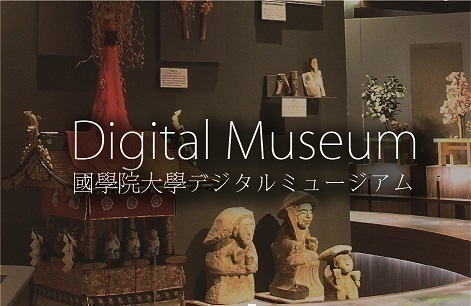- トップ
- Encyclopedia of Shinto
- Hama-ori Matsuri
Encyclopedia of Shinto
| Main Menu: | |
| Links: |
詳細表示 (Complete Article)
| カテゴリー1: | 5. Rites and Festivals |
|---|---|
| カテゴリー2: | Individual Shrine Observances |
| Title | Hama-ori Matsuri |
| Text | Festival of the Descent to the Shore. Held on July 15 at Samukawa Shrine (Samukawa Jinja) in Samukawa Town, Kōzaku District, Kanagawa Prefecture. Legend has it that this rite began in 1839 when the fishermen of Chigasaki rescued the sacred image of a deity (shintai) from the waters of the Banyū River. At three o'clock in the morning on the day of the festival, the deity begins its divine journey from the shrine to the Nango seashore at Chigasaki. On its way, the procession meets the thirty portable shrines (mikoshi) from a formerly associated shrine (sessha), Tsurumine Hachiman. They all proceed to the shore in a single file, with the mikoshi of Samukawa Shrine at the center. After a boisterous parade, the portable shrines are purified in the sea and set down. A ritual service is performed at dawn. During the return journey, the custom is to throw burning bundles of wheat at the mikoshi. On the Saturday and Sunday closest to the tenth day of the eighth lunar month, a "naked festival" (hadaka matsuri) is held at Yanahime Shrine in Iwata City, Shizuoka Prefecture. The festival is preceded by a hama-ori ceremony held on the shore of Same Island. A "sacred space" (himorogi) is set up on the beach and rites are performed. After the rites, the townspeople enter the sea to purify themselves. This ceremony is called hamagori. Before the Kurayami Festival (Kurayami Matsuri) held on May 5, at Ōkunitama Shrine (Ōkunitama Jinja) in Fuchū City, Tokyo Prefecture, priests and officials visit Ebara Shrine in Shinagawa Ward on April 30. Here, rites are performed according to ancient custom, followed by a sea purification ceremony held aboard boats offshore at Shinagawa. Brine scooped at this time is used as purifying water during the festival. The Hamade ("going out to the shore") Rite held on September 13 at Futami-no-Takagi before the start of the Kanname Festival at the Grand Shrines of Ise (Ise Jingū) is also a hama-ori rite. Another hama-ori rite takes place on August 10 at Awa Shrine (Awa Jinja) in Tateyama City, Chiba Prefecture. It is also called o-hamadashi. Two portable shrine (mikoshi) are carried to the Aihama Bay, where a solemn ritual service is conducted and performances of "shrine maiden dances" (mikomai) and "lion dances" (shishimai) are offered. The portable shrine procession reaches almost one kilometer in length. A lavish hama-ori festival is held once every twelve years at Hie Shrine, Kashima Town, Sōma District, Fukushima Prefecture. More than one thousand colorfully costumed participants accompany the portable shrines along a four-kilometer route to the Karasuzaki seashore. Here, a roughly constructed bamboo fence is built around the mikoshi, and hōzai dances are offered together with various other performances. — Mogi Sakae |




